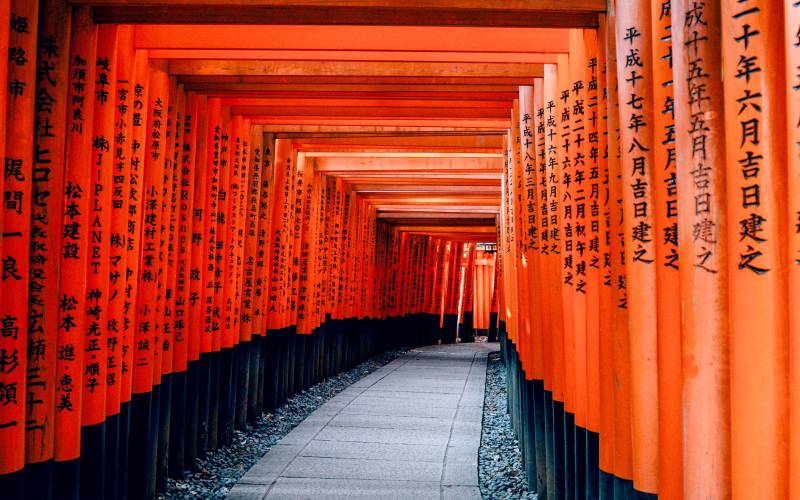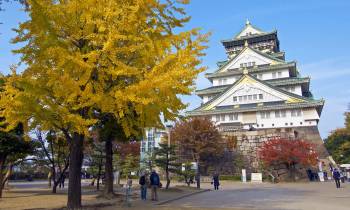In Japan – Nature is life
Most Japanese live within the urban environment, but nature is central to everything they do. Whether perfecting minimalist Zen gardens, to bathing in hot springs or wandering through bamboo forests, nature is revered, respected and celebrated.
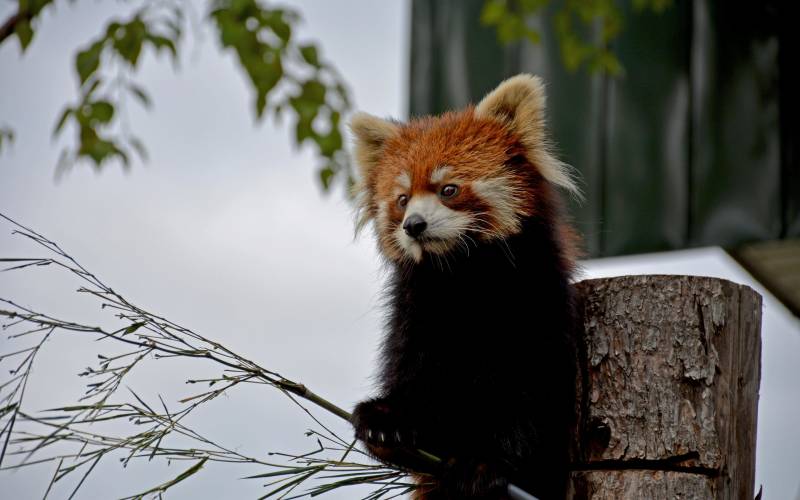
If you want to appreciate the Japanese devotion to the natural world, then time your visit during cherry blossom season (March–April). Hanami, the custom of gathering in groups of friends or families to converse, eat and listen to music amid the delicately descending petals, is enshrined in Japanese culture. It’s symbolic of the fragility of nature; beautiful yet fleeting, precarious yet precious.
Our tip: “Visit the Imperial Palace in Tokyo – hundreds of sakura (cherry blossom) line the moat that surrounds the castle. Hire a boat here and row out under trees in full bloom.”
Shinto and Zen Buddhism
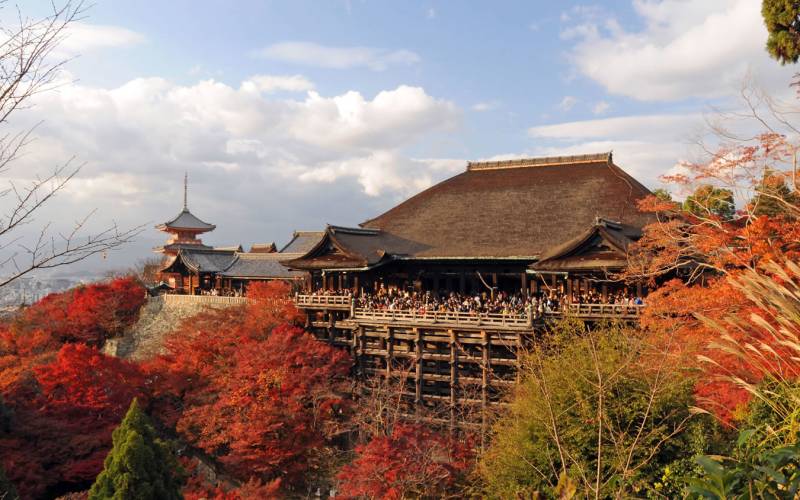
Shinto is the ancient, ethnic religion of Japan. Its core beliefs are purity of mind, body and spirit. Its primary focus is the respect for spirits called kami. In Shinto, nature and gods, of which there are many, are regarded as the same. These spirits may be colossal, such as Amaterasu, the Sun Goddess, or smaller, yet no less revered, spirits that are present in animals, rocks, waterfalls and even the weather. Shinto shrines are marked by torrii gates, dividing the human world from the world of the spirits.
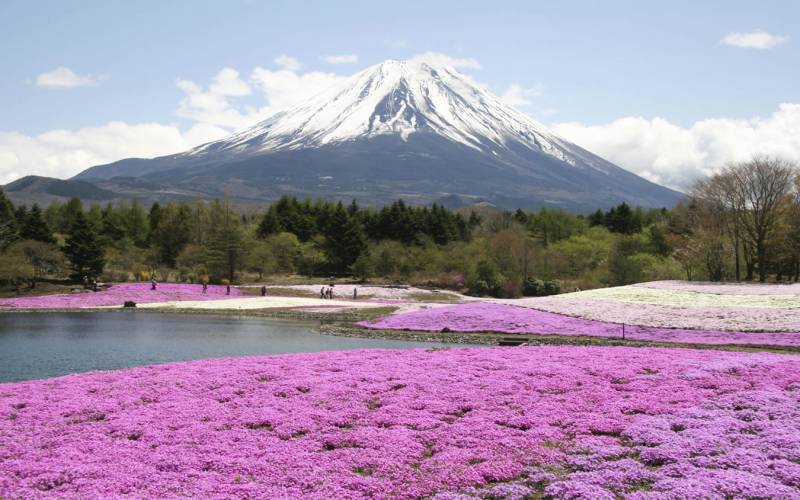
These hallowed spaces are places to pray, rather than places to worship, as, say, churches are in western culture. They are often found framing the view of a scared mountain vista, or a sacred lake visited by cranes in winter or as the gateway to a revered bamboo forest, but they are just as easily found in cities and towns and visited regularly in holidays.
One of the most celebrated Shinto shrines can be found on the island of Itsukushima, in Hiroshima Bay, western Japan. Closer to Tokyo, you can also discover the Hakone Shrine on the shores of Lake Ashi framing a view of Mount Fuji. Many practises, from Sumo wrestling to the art of flower arranging, have aspects of Shinto ingrained within them.
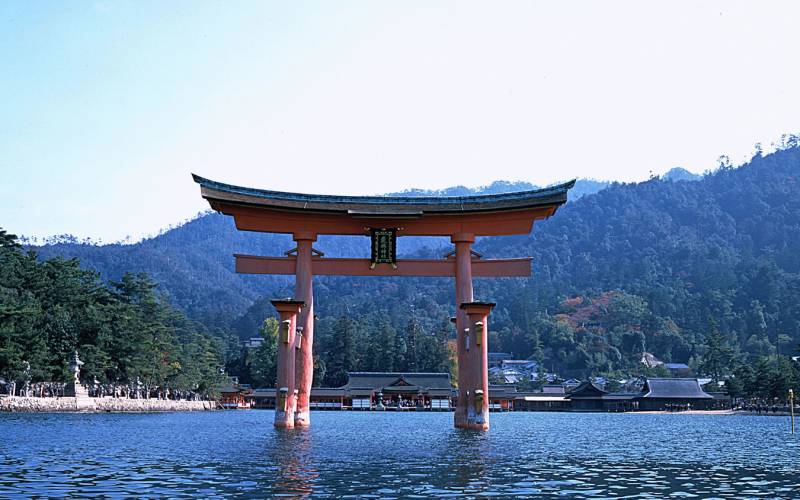
Shinto and Zen Buddhism are considered the cornerstones of Japanese culture, road maps for a harmonious existence, and many Japanese practise both Zen Buddhism and Shinto without conflict between either beliefs. Meditation is central to Zen Buddhism, a healthy pastime that is believed to regulate the mind. There are no holy scriptures and it is practised anywhere, in the house, at work, in gardens or temples. The tea ceremony, Japanese calligraphy and many martial arts all possess principles of Zen Buddhism, focusing on calmness, simplicity, naturalness, self-growth and a deep understanding of nature.

Our tip: “Make sure you include a visit to Sagano Bamboo Forest in Kyoto and take the short walk to the Zen Buddhist Tenryuji Temple. To get the best photographs, plan your visit in the morning before the crowds arrive.”
To understand further why the Japanese believe their lives are entwined with nature, it is worth noting that Japan rests on the Median Tectonic Line, and tsunamis, earthquakes and volcanic eruptions are part of life here. Visit the breath-taking Daisetsuzan National Park on the island of Hokkaido, an unspoilt wilderness containing brown bear, red foxes and sika deer. Home to the volcanic group of the Ishikari Mountains, you’ll find this spectacular region criss-crossed by hiking trails and dotted with hot spring resorts (onsen). These resorts are the epitome of serenity, yet they are situated on one of the world’s most active fault lines.

For more scenes of tranquillity, discover the monkeys found on the island of Yakushima, famed for their habit of riding deer, plus their liking for bathing in hot spring pools with a look of pure bliss upon their pink faces, absorbing the pleasure of a warm dip especially in the winter months.
Where tradition and technology combine

Whereas, here in the UK, the concept of being fashionably late is valued. In Japan, arriving ten minutes early to an appointment, meeting or a social gathering is considered good manners. In a country where lateness is frowned upon, it’s little wonder, therefore, that the average delay time of, say, the Tokaido Shinkansen (Tokyo – Shin-Ōsaka bullet train) is 0.6 seconds. That statement deserves to be repeated: 0.6 seconds. Culturally, in Japan, there is no excuse for lateness, so their bullet trains are simply, never late.

The Shinkansen is an iconic feature of Japan and a classic example of how ancient values are enshrined within technological innovation. This symbolism is not lost upon you, as you glide effortlessly through cities, then passing through tunnels and emerging at high speed by paddy fields, racing by snow-capped mountain peaks like a scene from a Hiroshi Yoshida painting.
Our tip: “Take the bullet train from the ultra-modern metropolis of Tokyo to see the ancient imperial capital, Kyoto. It’s the perfect contrast of modernity and tradition as you wander among the Geisha of the Gion District, spellbound by the intricacies of the tea ceremony, visiting the Arashiyama Bamboo Forest or one of Kyoto’s many castles, shrines and temples.”
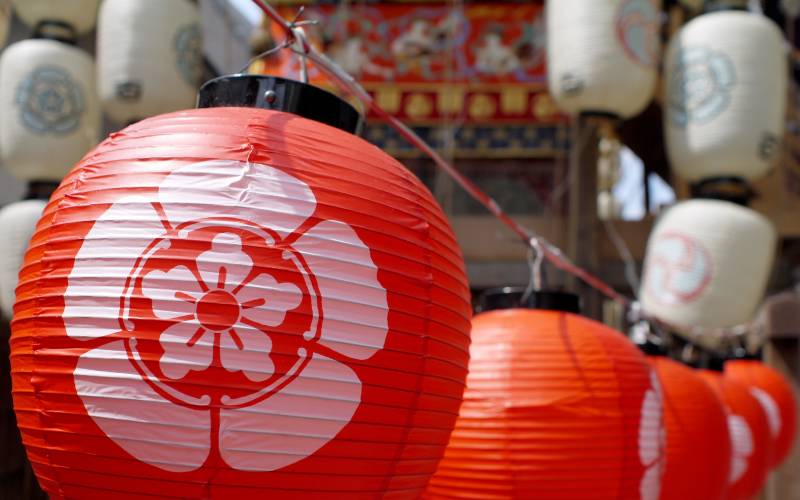
Japanese cuisine
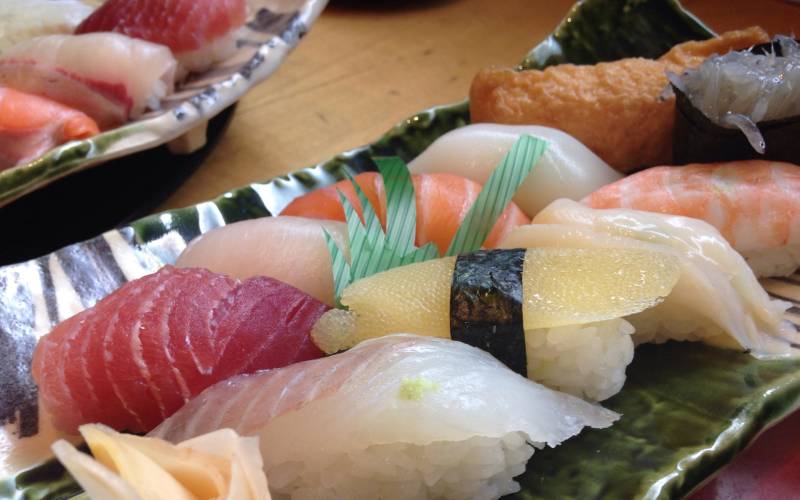
The Japanese have a place for everything, no matter how small or seemingly inconsequential. The humble chopsticks, hashi, for example. These simple tools are soaked in etiquette, particularly when dining on haute kaiseki cuisine. Their proper use is deeply ingrained within Japanese culture – the pursuit of perfection, almost as an art form, in two wooden sticks. Head to Omoide Yokocho (memory lane) by the west entrance to Shinjuku Station in Tokyo and sidle up to an izakaya, (a kind of tapas-style bar) to practise your chopsticks skills.

Our tip: “Say“Itadaki-masu” before meals. It’s a non-religious, yet customary blessing meaning ‘to receive or to accept humbly’. In Japan it’s perfectly acceptable to slurp while eating, particularly noodles; it’s a sign that you fully appreciate the food.”
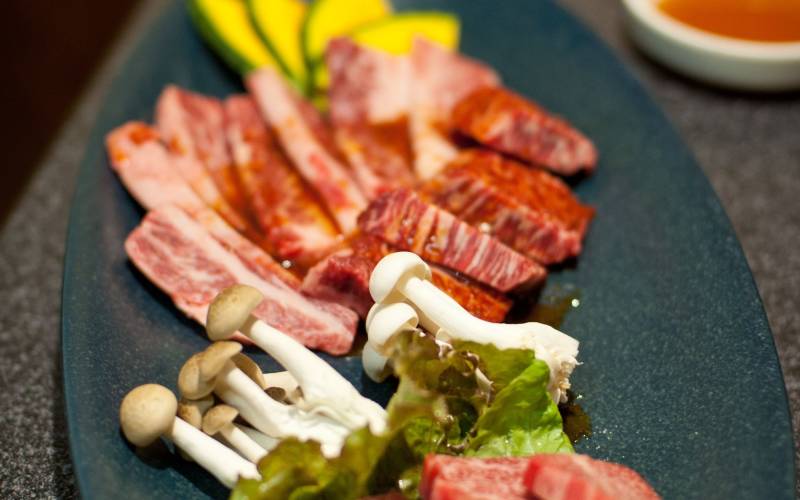
Rituals are a fascinating aspect of Japanese cuisine, from the way tea is prepared, or how you arrange your lunch box; all things are considered and given aesthetic importance. Our signature dish, Okonomiyaki, is a fine example of this ritualised approach to food.

Visiting Japan is one of travel’s most revealing cultural adventures. Everything is considered and concerned with balance, from litter-free streets to chopstick etiquette, to shrines framing an appreciation of the natural world. It’s a pilgrimage every traveller should embark upon, to ensure that, no matter where we live, we get the balance of life right.
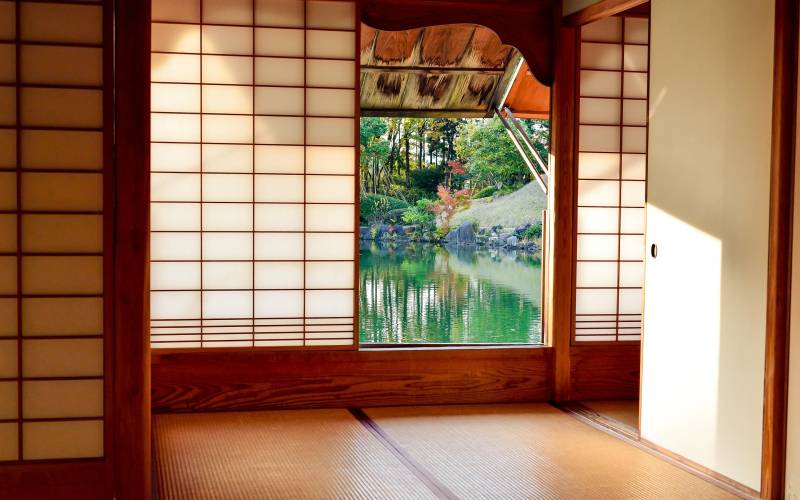
If you can’t yet decide what you’re looking for, but need a little more advice and inspiration, visit our Japan Holidays pages and start planning your Far East trip of a lifetime.
Written by: Clive Wedderburn
Posted in: Touring and exploring
Japan inspiration
Let's Chat
Start planning your dream trip by talking to our Destination Specialists
Sign up for our newsletter


